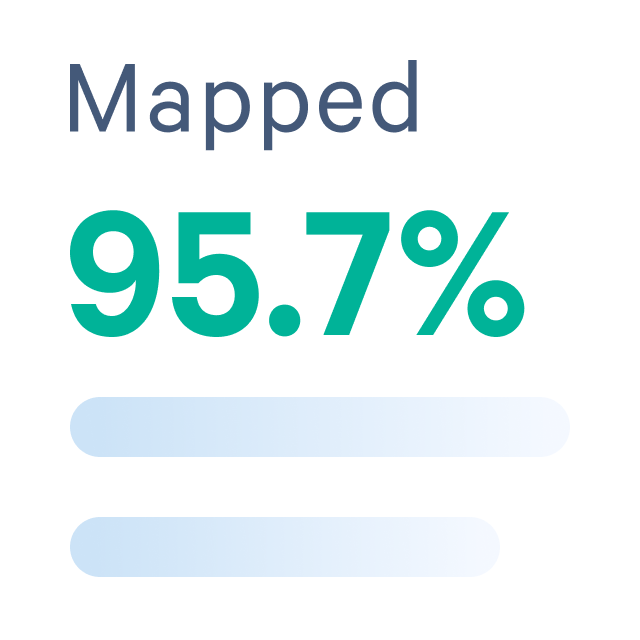Visium HD Spatial Gene Expression Library, Human Lung Cancer, IF Stained (FFPE)
HD Spatial Gene Expression dataset analyzed using Space Ranger 3.0.0

Learn about Visium analysis
Biomaterials
A human lung cancer tissue block (FFPE) was obtained from Avaden Biosciences.
- Sex: Female
- Age: 72 years
Sample preparation
A 5 µm section was taken from the FFPE tissue block with a microtome (Epredia HM355S). Sectioning, deparaffinization, staining and imaging followed the Visium HD FFPE Tissue Preparation Handbook (CG000684).
Antibodies used:
- Channel 1 - Alexa Fluor 594 anti-CD45RO (clone UCHL1, Biolegend 304254, dilution 1:100)
- Channel 2 - Alexa 488 anti-CD20 (clone EPR459Y; Abcam ab198941, dilution 1:100)
- Channel 3 - DAPI
Imaging
- Image type: IF
- Microscope: Olympus VS200 Slide Scanner
- Objective magnification: 20X
- Numerical Aperture: 0.8
- ScopeLED light source: Excelitas X-Cite NOVEM-L
- Camera: Hamamatsu Orca FusionBT sCMOS (2304 x 2304 pixels (16bits), 6.5um pixel size, 95% QE, 89.1 fr/sec, ~1Gb/sec)
- Exposure: DAPI (ex 385 nm, em 447 nm): 0.75 microseconds; 488 (ex 466 nm, em 515 nm): 125 microseconds; 590 (ex 586 nm, em 628 nm): 50 microseconds
Assay workflow
Probe hybridization, probe ligation, slide preparation, probe release, extension, and library construction followed the Visium HD Spatial Gene Expression Reagent Kits User Guide (CG000685).
- Slide serial number: H1-HMD7CWH
- Area: A-1
- Instrument: Visium CytAssist
- Probe set: Visium Human Transcriptome Probe Set v2.0
Sequencing
- Indexing: Dual index plate TS set A; sample index C2
- Sequencing instrument: Illumina NovaSeq 6000
- Sequencing configuration: 43 bp read 1, 50 bp read 2, 10 bp i7 sample index, and 10 bp i5 sample index
- Sequencing depth: 357.6 million reads
Analysis
Space Ranger v3.0 was used to map FASTQ files to the reference, detect tissue, align the data to the microscope and CytAssist images, and output feature-barcode matrices for further analysis.
How to view data
To get started, download Loupe Browser v8.0 to explore the Loupe file, or read more about the other Space Ranger outputs. We recommend that users turn on "auto-image adjustment" when exploring the data in Loupe in order to improve visibility of the IF image.
This dataset is licensed under the Creative Commons Attribution 4.0 International (CC BY 4.0) license. 10x citation guidelines available here.
